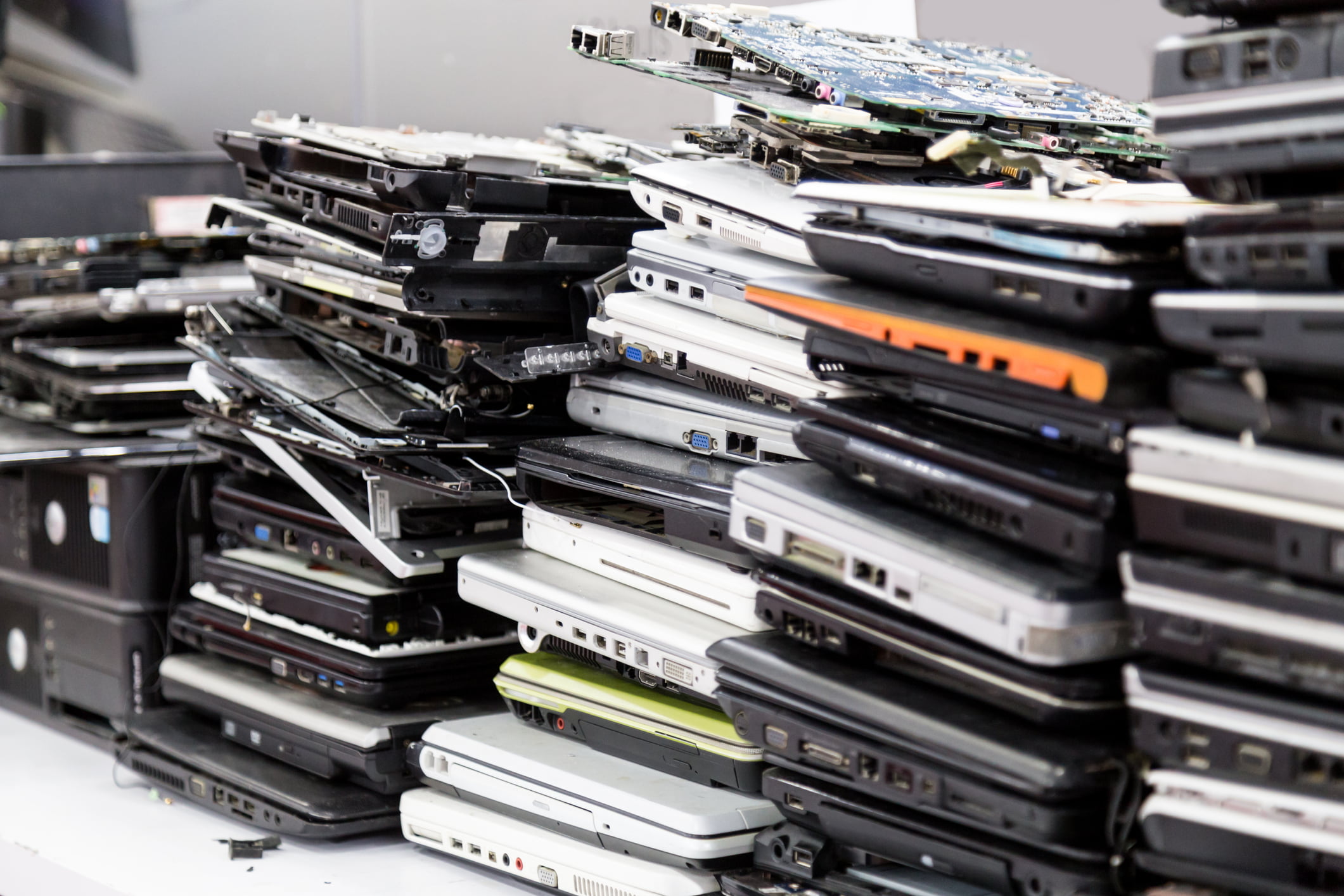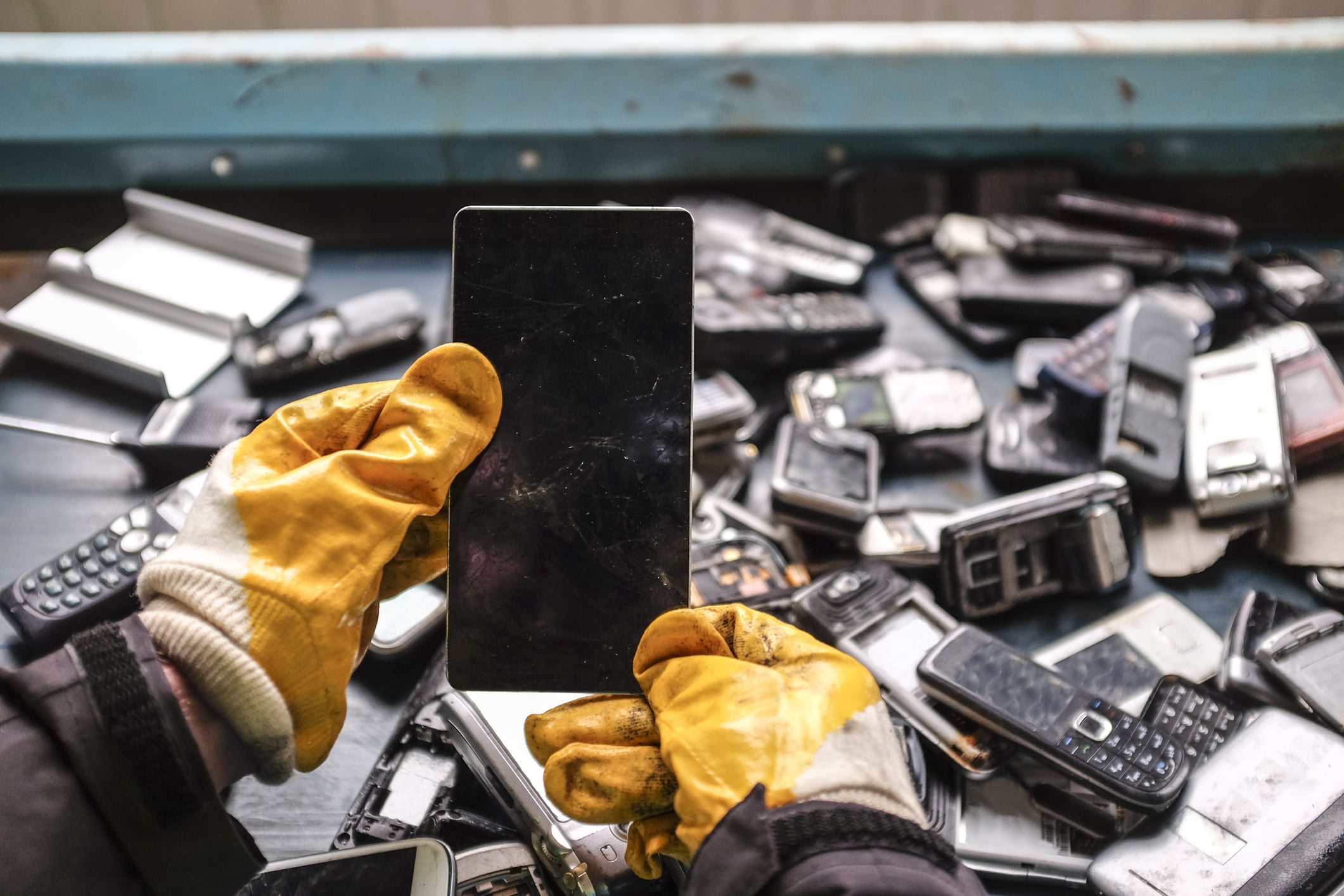Repairability, or the lack of it, is one of the key issues. Much of our tech isn’t easily mended. Beyond fixing a phone screen, it’s tricky to take our gadgets apart and repair them – in fact you’re actively discouraged from doing this by the tech giants, which adds to the throwaway culture that demands the latest gadget.
Since 2019, the European Union’s Ecodesign Package has generated measures to improve energy efficiency, repairability and recyclability of household products, including fridges, washing machines, lighting and electronic displays. The measures ensure the availability of spare parts for a longer period of time after purchase, which should encourage repairability.
Now that the UK has left the EU, there is an opportunity to go even further. And there is public appetite for these measures. An impressive 91% of participants in the Citizen’s Climate Assembly were in favour of greater resource efficiency and standards, as well as greater repairability and sharing of products.

